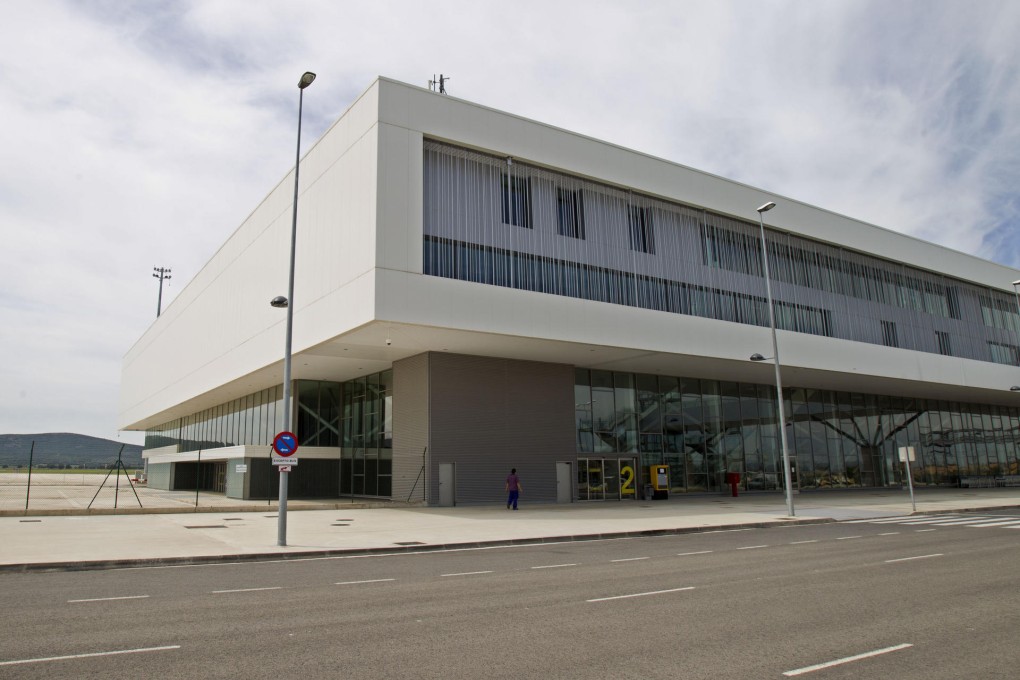Spain's Chinese rescue package: €1b 'ghost airport' snapped up for just €10,000
Ciudad Real airport was on sale at a knockdown price of €40 million

A Chinese company that was the only bidder for one of Spain's "ghost airports" wants to revive the site as a cargo hub for the Asian market.
Ciudad Real airport, one of the most notorious emblems of Spain's economic crash, cost €1 billion (HK$8.4 billion) to build and was on sale at a knockdown price of €40 million.
Tzaneen International was the sole bidder in the bankruptcy auction, however, and it offered just €10,000.
The facilities of the deserted site, 160km south of Madrid, include a runway long enough to land an Airbus A380, the world's largest passenger plane, along with a terminal that could handle 10 million travellers per year.

Appropriately for such a vainglorious project, the La Mancha airport was previously named after the region's most famous, and deluded, literary export: Don Quixote.
But the Chinese company, which was set up in March with just €4,000 in capital, believes it can succeed where others have failed.